The physical experience with the materials of the Gallery wants to reassure all those who think they are not able to understand maths, by showing that there is a new way to familiarize with a subject that is difficult for many people but which we deal every day with: maths indeed has a decisive role in the daily life and is behind many of the normal human activities.
The Gallery for Mathematics is a meeting point of people and ideas, ranging from the pure playful use, that tries to operate the exhibiting objects and instruments, to the understanding of more complex demonstrations. Indeed, the Gallery collects exhibits, puzzles, games that allow to approach ideas, concepts and mathematical theorems by exploring them through handling tasks and drawings: hands-on activities, as in different modern Science Centres.
A section of the Gallery consists of an interesting collection of materials that have been specially designed and produced for the Mathematical Education of Children with disabilities – particularly for earlier visually disabled pupils and for the support in case of dyscalculia or cognitive retardation.
For further information on times and costs, click here.
The Botanical Garden The current botanical garden, near the church of St. Peter, is the successor of the ancient university botanical garden created in Perugia by doctor Filippo Belforti in 1720. Originally, the botanical garden was often used for medical purposes, as it is also showed by the careful extension operated by Prospero and Annibale Mariotti.
The collections contain more than 1200 taxa. The main sections include the Apennine Arboretum, the Aquatic Species, the Tropical and Sub-tropical species, the succulent Xerophytes and the gymnosperms. It’s worth to mention among the collections of ornamental plants: a rose garden illustrating the history of the genus Rosa's cultivation; a collection of forty species and cultivars of Hydrangea and a collection of cultivars of Pelargonium with perfumed leaves. The medicinal plants are mainly located in the Hortus Sanitatis of the medieval garden.
Ticket: free entrance. The guided visit costs 50 euros each group, for both gardens 80 euros each group.
For further information, click here.
The medieval garden The University of Perugia’s medieval garden stands on the hill where the ancient cathedral of St. Peter once rose. It’s a garden adjoining the ancient Benedictine abbey dating back to the year 965, including the old Etruscan-Roman street, the Roman gateway of 1200 and the remains of the Benedictines’ masonry at the end of 16th century. Before the inauguration of the medieval Garden in 1996, this seat used to host the Botanical Garden of the University, moved following the foundation of the Higher Agrarian School.
The medieval Garden is proposed as an atypical structure compared with the current conception of garden: it’s a symbolic garden developing, through a real structure, the abstract concept of medieval monastic garden.
In the medieval garden, the structure and location of cultivated taxa are organized in order to illustrate the medieval beliefs and mythologies related to the vegetable world. The itinerary in all the structure is a symbolical re-enactment of the evolutional, cultural and spiritual stages of the man and involves 10 successive stages: the “Primordial State” (Garden of Eden); “The fault” (Lucus or Holy Wood); “The rationality” (Hortus Sanitatis); “The domination” (Podium); “The creativity” (Hortus horerorum); “The community” (the medieval door and the ancient public street); “The religiosity” (cloisters); “The culture” (University: Faculty of Agricultural Science); “The aesthetics” (Structure of the Cloisters, Tower bell etc.); “The holiness” (St. Peter’s Basilica).
Ticket: free entrance. Guided visits cost 50 euros each group, for both gardens 80 euros each group.
For further information, click here.
The Laboratory on the History of Agriculture The Laboratory has been created to exhibit part of the scientific and educational material produced by the Faculty of Agriculture in Perugia over time; it allows to retrace the most important stages in the evolution of agricultural sciences in the last two centuries, by putting the agricultural development in relation with the economical and social events that influenced that time. The collections, relating to the mechanics for agriculture, testify the passage from a technology based on the use of wood and tow with animals, to a technology based on the use of steel and internal combustion engines.
For further information on times and tickets, click here.
Plaster cast gallery The creation of the plasters’ collection, based on the Greek, Etruscan and Roman originals, was possible thanks to Filippo Magi (Florence 1905 – 1986), tenured professor of Archaeology and History of Greek and Roman Art as well as Etruscology and Italic Antiquities at the Faculty of Letters and Philosophy from 1960 to 1975 and in the same years Director of Studies and Archaeological Researches at the Vatican City State.
The collection offers an anthological view of the masterpieces of the classical antiquity’s masters and allows to examine copies of beyond 80 artworks among the most significant ones in the Greek, Etruscan and Roman sculpture. It houses highly interesting artworks such as the group of the “Nile”, probably made by Antonio Canova (Possagno 1757 - Venice 1822) to replace the original one transferred to Paris following the requisitions ordered by Napoleon Bonaparte, the cast of a segment of the Traiana Column, the casts of some sculptures belonging to the eastern pediment of the Parthenon representing Erittonio, the Horse of Selene and Cefiso, a depiction of the fictile sarcophagus called “of the Spouses” by Cerveteri.
Address:Pontani Palace - 11 Piazza Morlacchi - 06123 Perugia, PG.
Ticket and times: : contact operators by phone or email.
Info: Phone Number 075 585 3118 - fax 075 585 3138.
E-mail address: gian.grassigli@unipg.it
For further information:
www.cams.unipg.it
























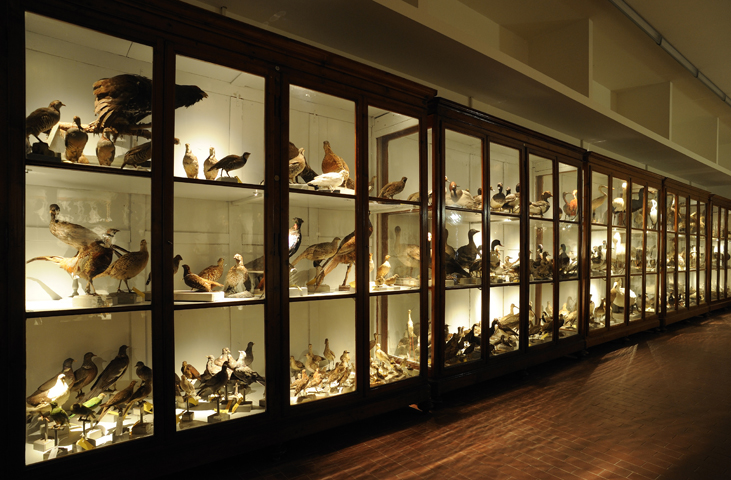
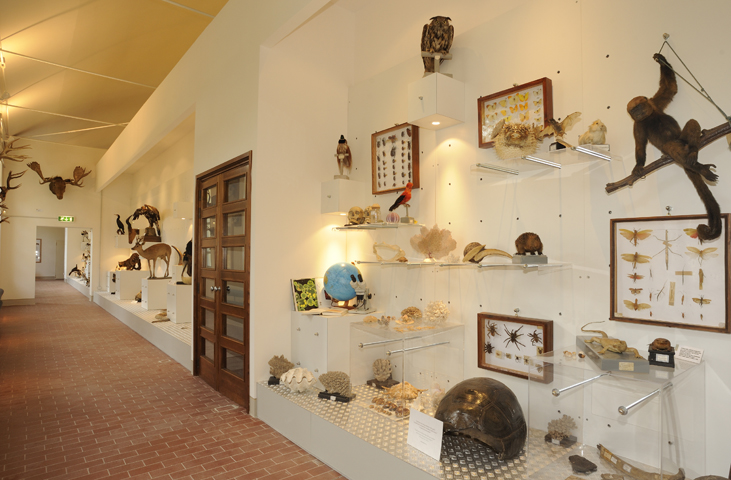
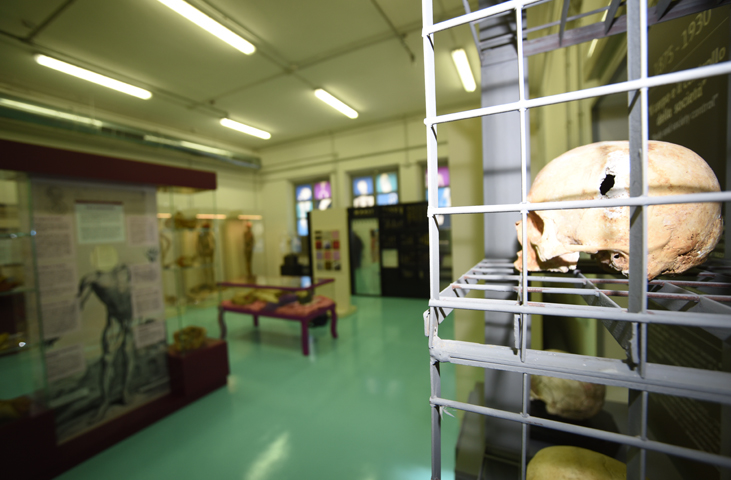
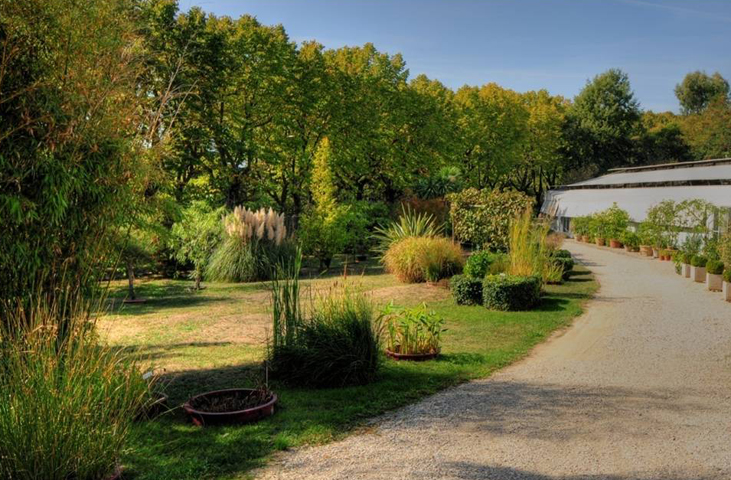
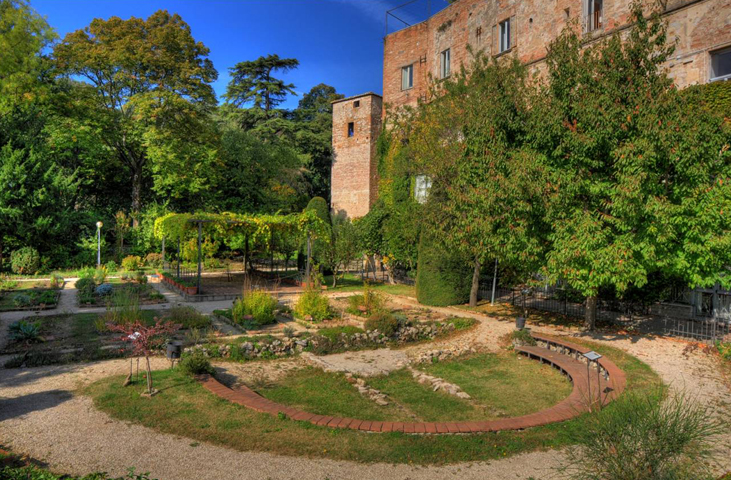
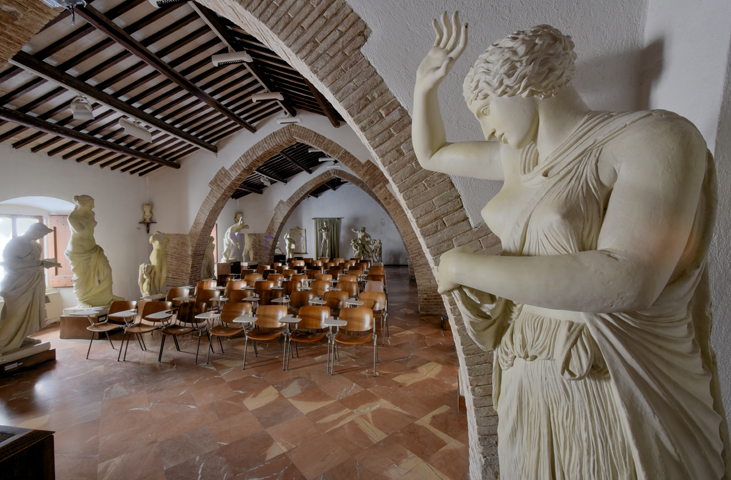

.jpg/57eda7af-f14d-d05d-f11c-d1cdb56c5f9f?width=780)
.jpg/7c1a2dc4-3986-52b2-a853-2affab4017e0?width=780)
.jpg/53c7c378-8c12-cbd6-481e-7946513a6453?width=780)
.jpeg/8031dd9b-06c7-4ac1-a77b-86e1376416b6?width=780)



